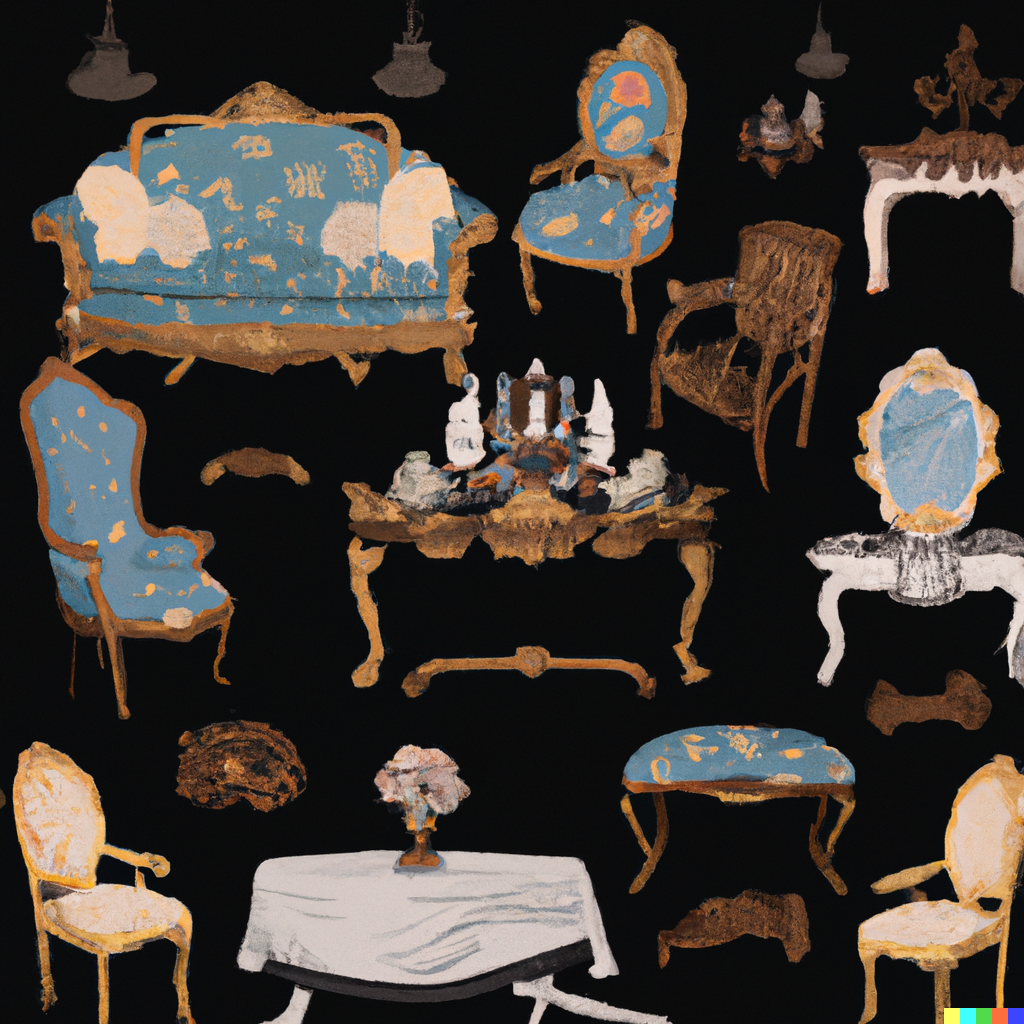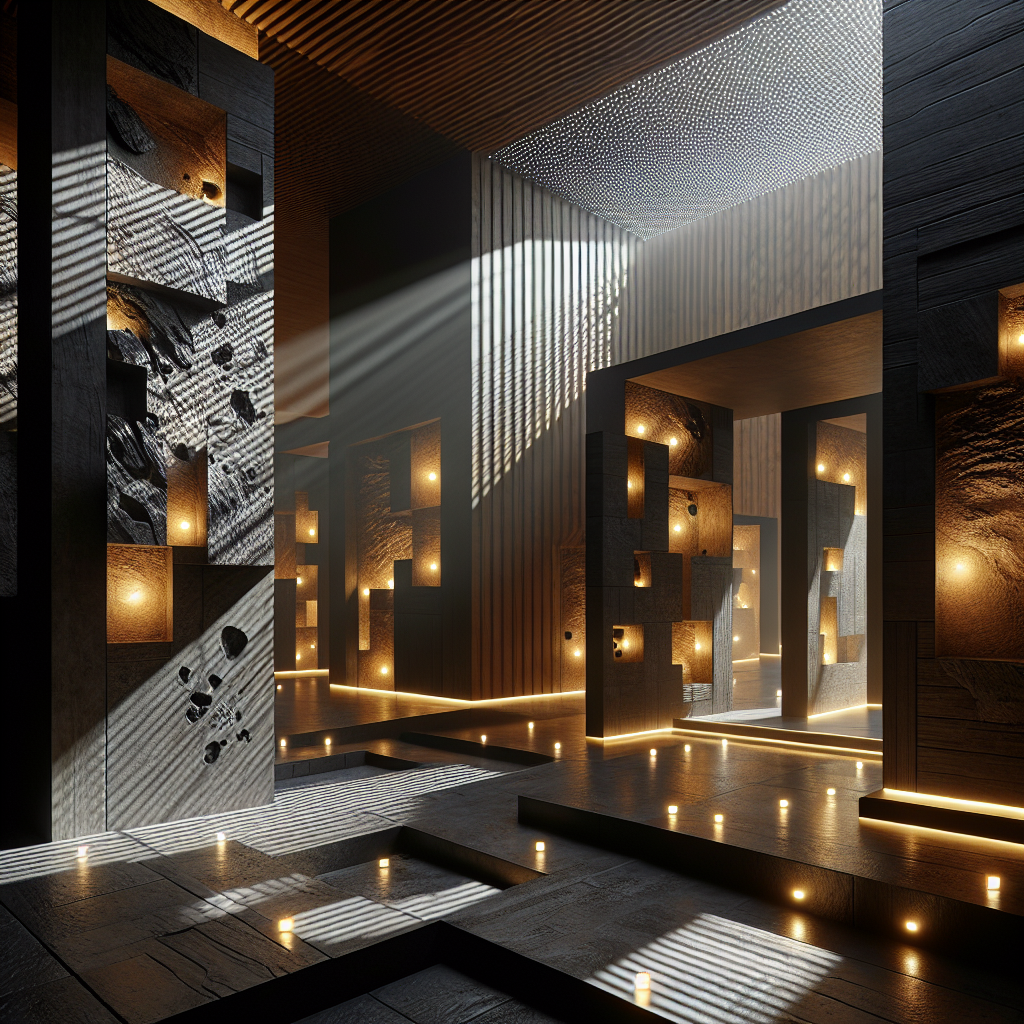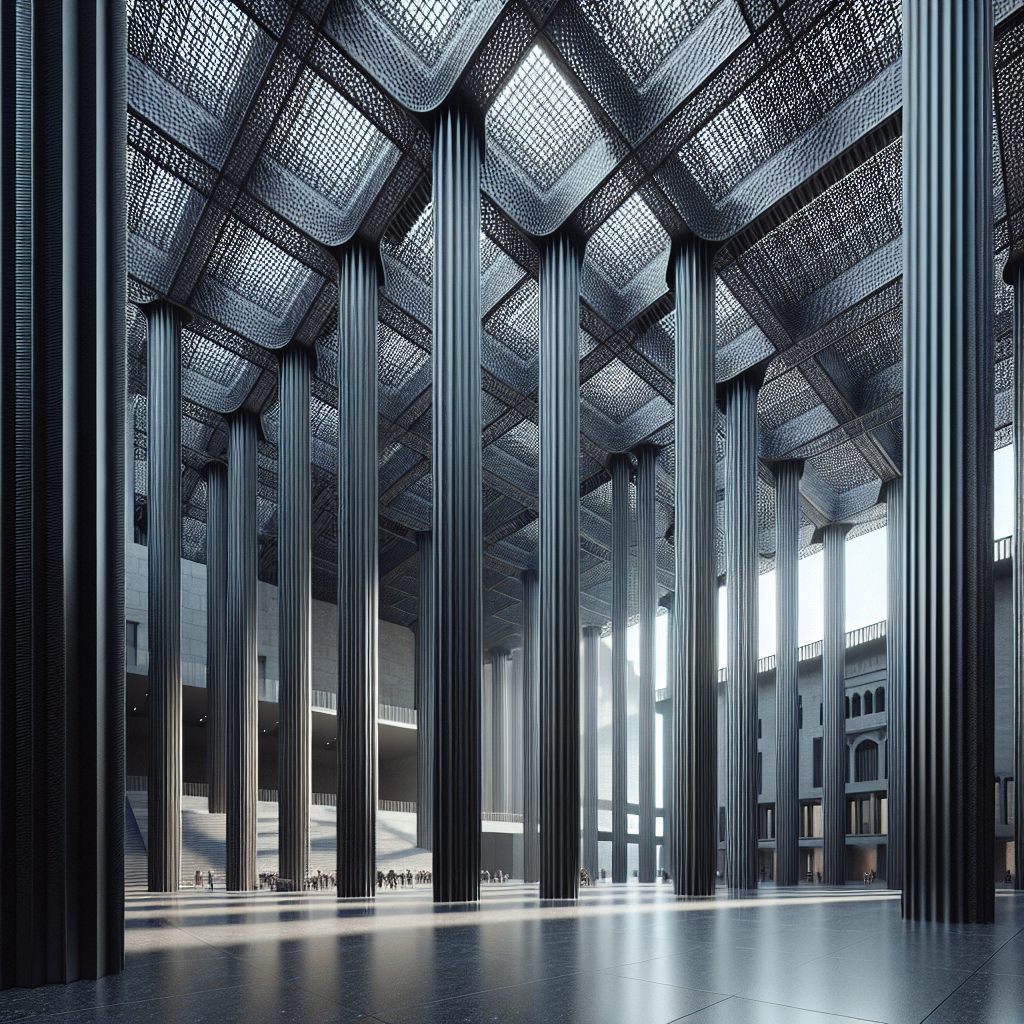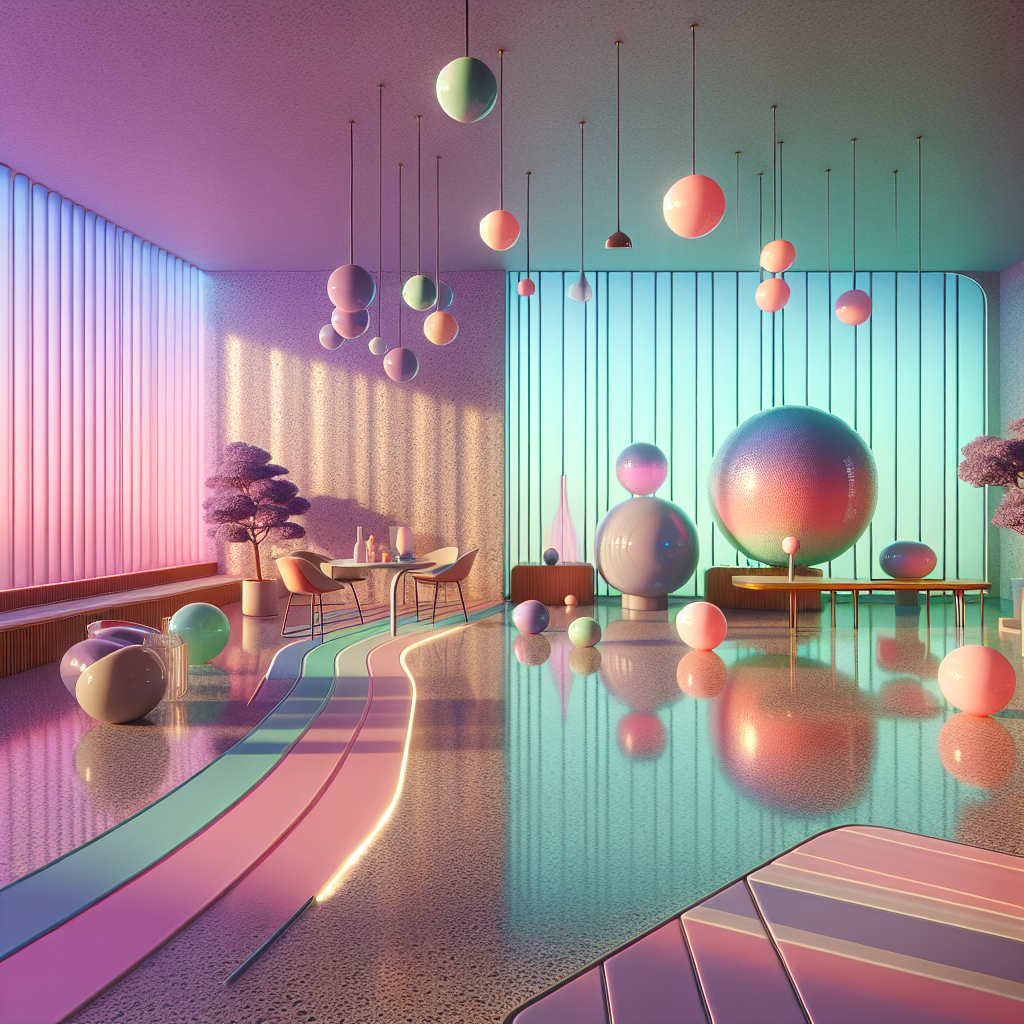The Glory of French Furniture Design in the 18th Century

The Rococo Style
The Rococo style was one of the hallmarks of French furniture design in the 18th century. It was characterized by intricate designs, curved lines, and elaborate decoration. The Louis XV style was one of the best examples of Rococo furniture design, known for its flowing lines and lavish decoration. Nature played a significant role in this style, with motifs such as flowers, leaves, and shells often incorporated into the design.
The Neoclassical Style
The Neoclassical style was a departure from the Rococo and was inspired by ancient Greek and Roman design. This style focused on clean lines, minimal decoration, and a focus on proportion and symmetry. The renowned cabinetmaker Jean-Henri Riesener was known for creating exquisite furniture using exotic woods such as mahogany and decorated with bronze mounts.
The Impact of French Revolution
The French Revolution had a profound impact on French furniture design. The new political climate brought about a shift towards simpler, more functional furniture design that reflected the values of the new republic. This style, known as Directoire, was characterized by clean lines and minimal decoration. However, this style was short-lived, and soon gave way to the more ornate Empire style, which was characterized by its use of ancient Egyptian motifs.
The Legacy of French Furniture Design
French furniture design of the 18th century continues to inspire contemporary designers today. The styles that emerged during this period have influenced furniture design around the world and are often recreated and adapted for modern settings. The Louis Ghost Chair by Philippe Starck is a famous example of a modern interpretation of the Louis XV style.
Conclusion
French furniture design in the 18th century was a period of great creativity and innovation. The Rococo, Neoclassical, Directoire, and Empire styles reflected the social, cultural, and political context of their time. French furniture design remains an important chapter in the history of art and design, and its legacy continues to influence design today.





